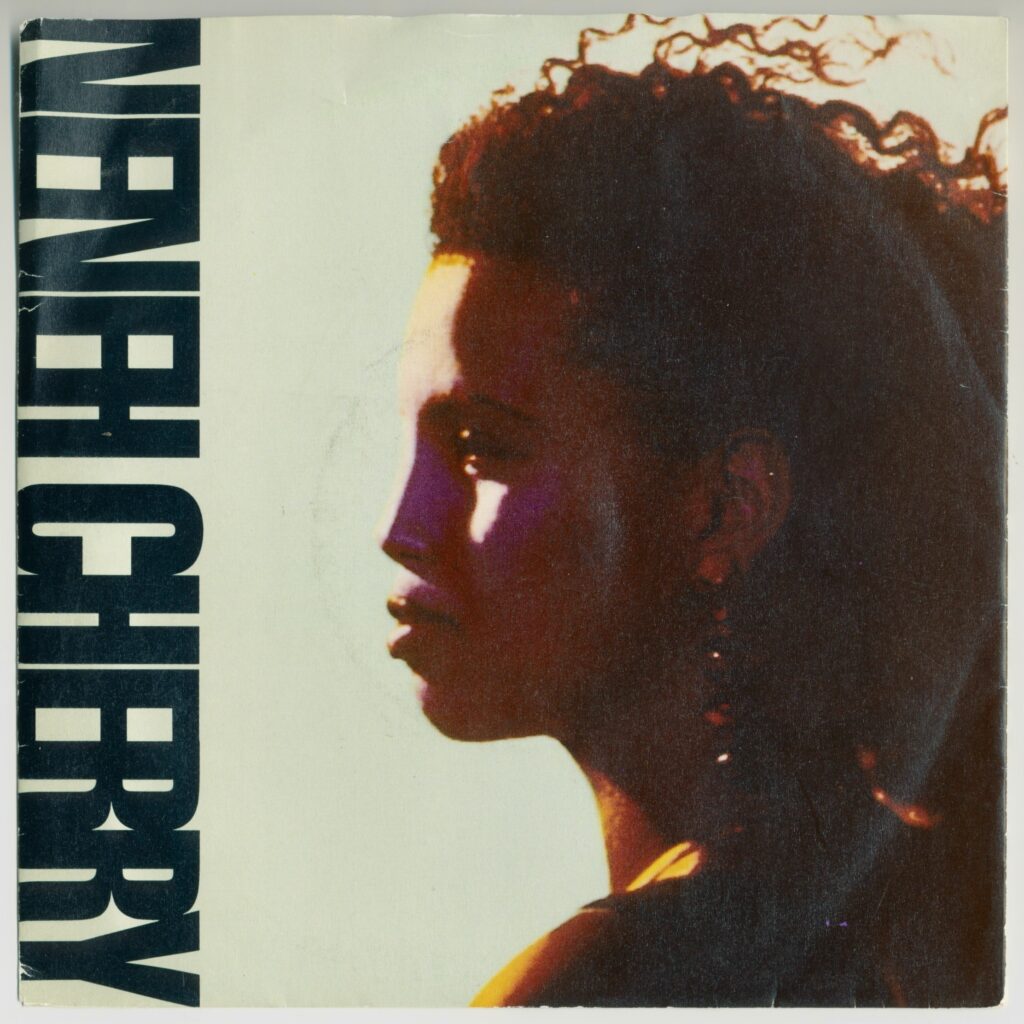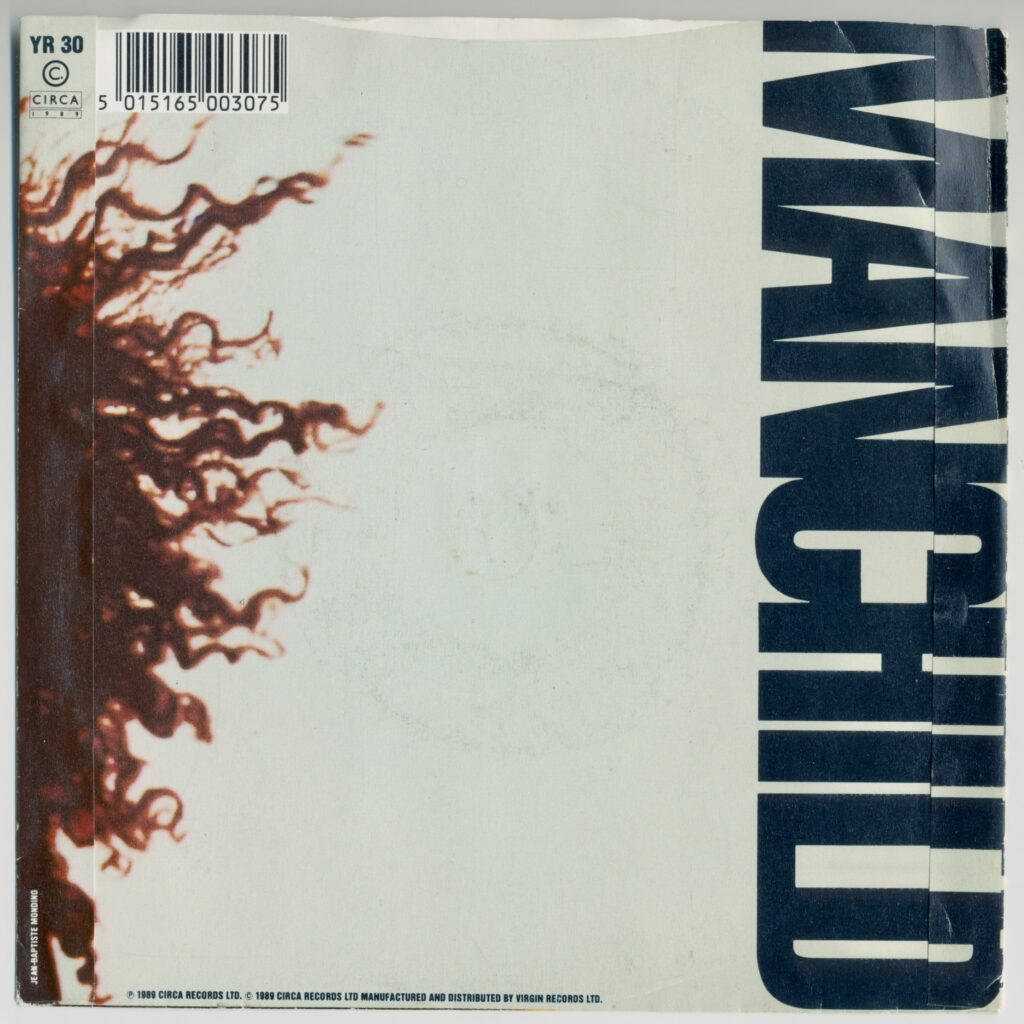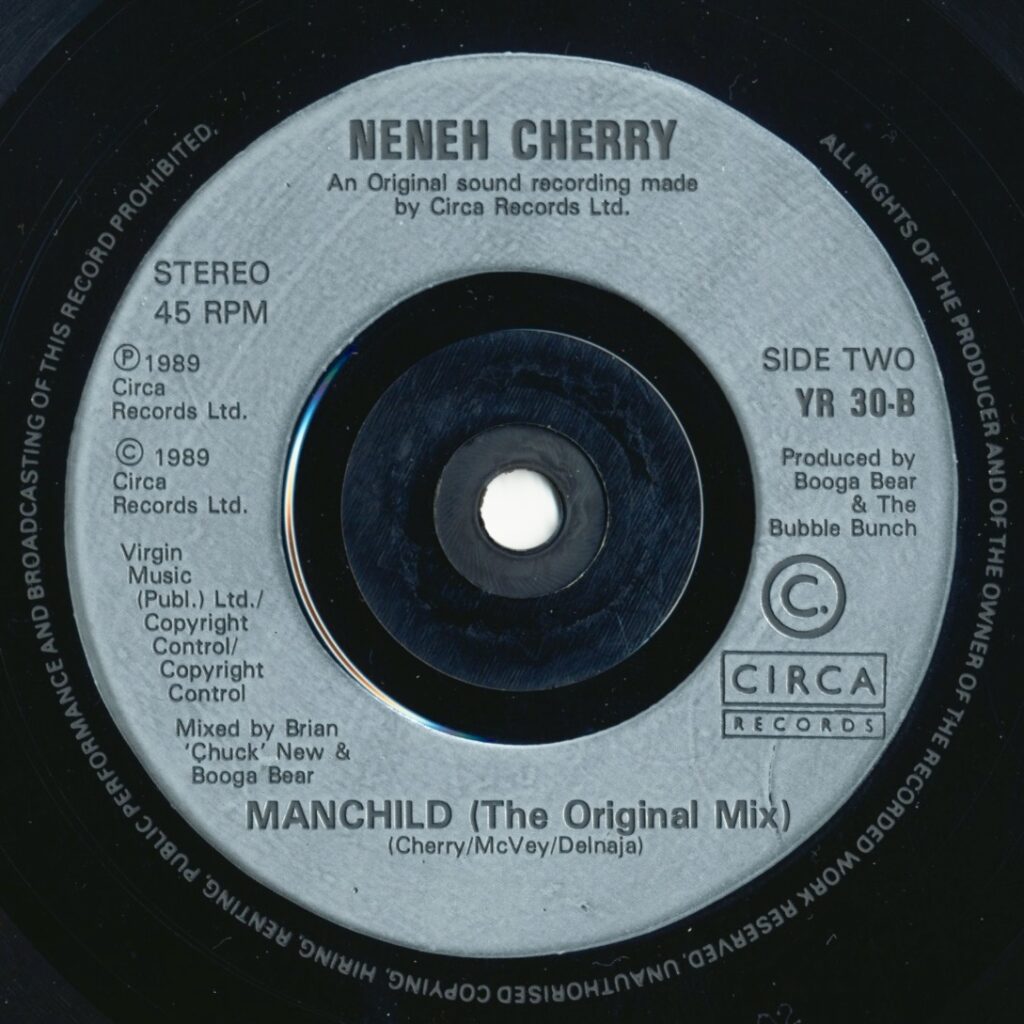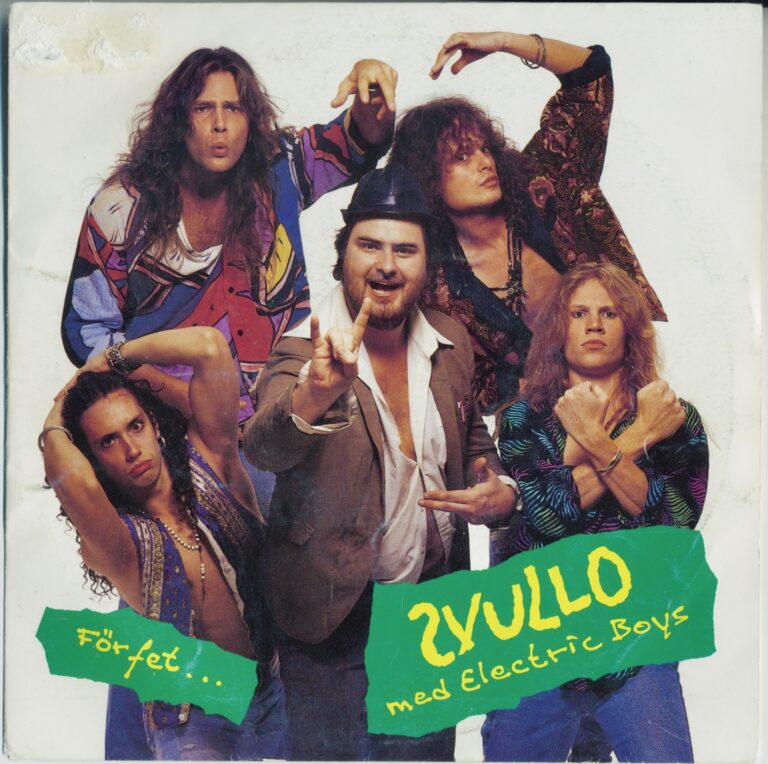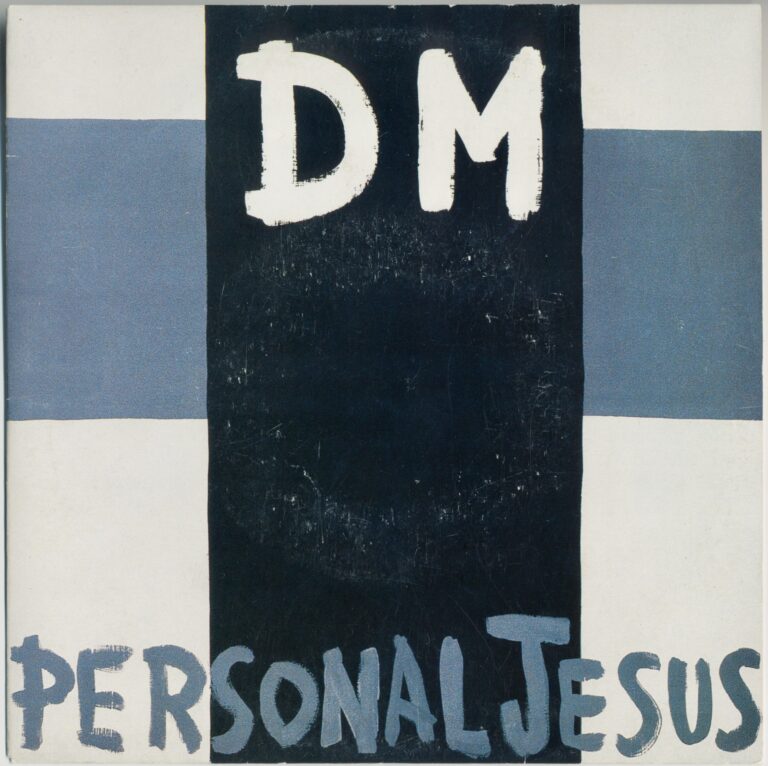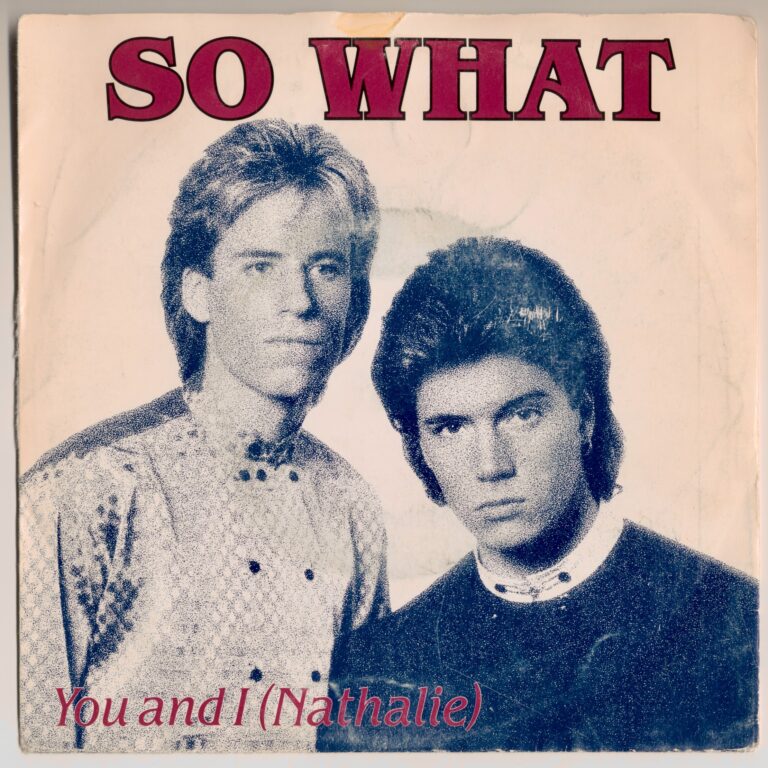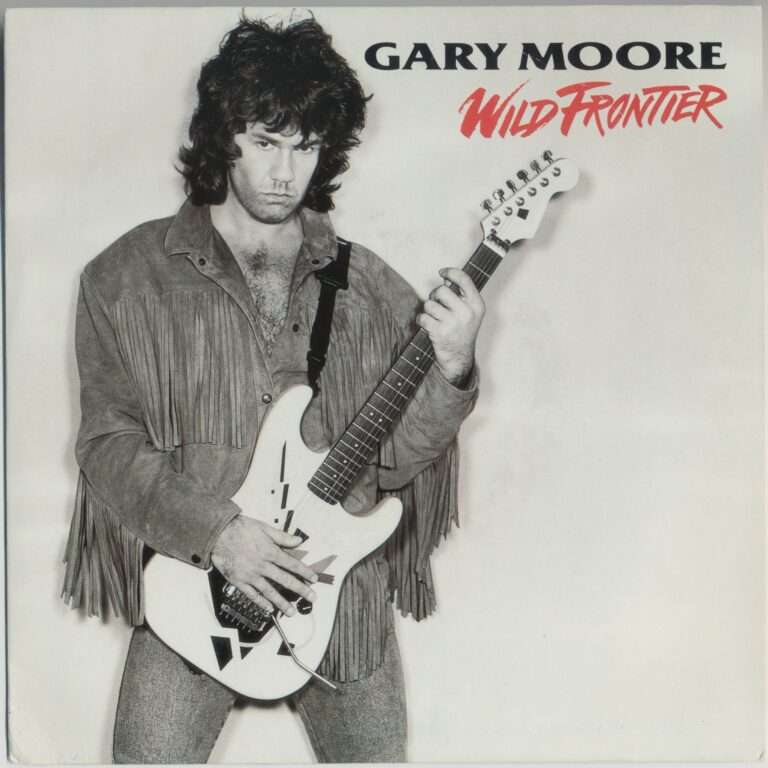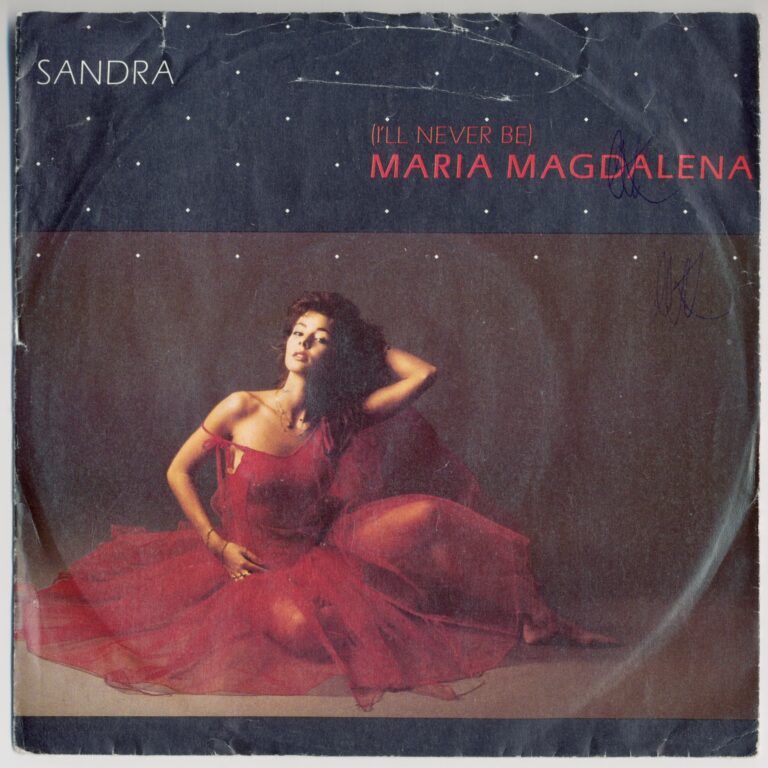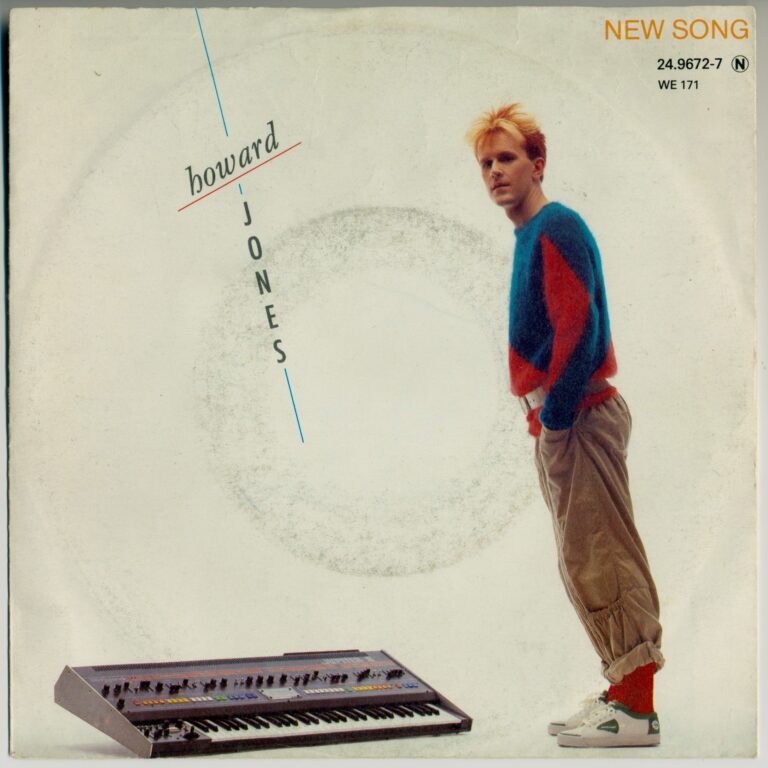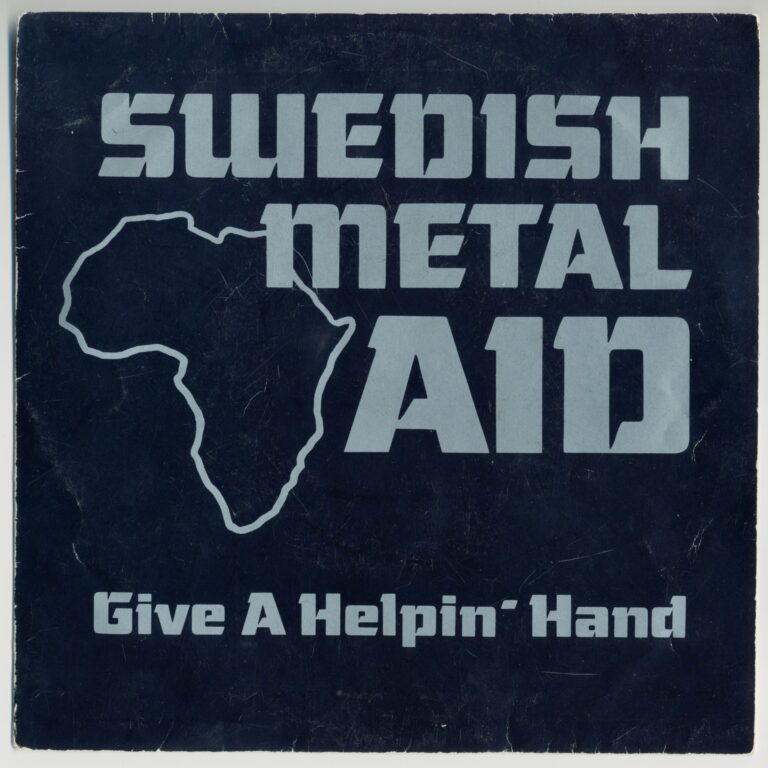In late 1980s music, a unique rhythm began to pulse from the UK, carrying with it a voice that defied easy labels. Neneh Cherry’s “Manchild,” released in May 1989, wasn’t just the second single from her groundbreaking debut album, Raw Like Sushi; it was, in her own words, the song where she “kind of found [her] style.” It’s a track that, even decades later, resonates with a fascinating blend of musical audacity, personal truth, and a quiet defiance of industry norms.
Imagine a young Neneh, born Neneh Mariann Karlsson in Stockholm, Sweden, in 1964, growing up in a home where music was as “essential as water.” Her mother, a Swedish artist, and her biological father, a Sierra Leonean drummer, laid the groundwork for a rich, eclectic sonic palette. Then came the profound influence of her stepfather, the legendary jazz trumpeter Don Cherry, who split his time between rural Sweden and the bustling Lower East Side of Manhattan. This nomadic upbringing, steeped in everything from the jazz greats like Ornette Coleman and Miles Davis to the raw energy of London’s burgeoning punk scene (which she embraced at 15, joining bands like The Slits), and the nascent hip-hop sounds she DJ’d on pirate radio, forged an artist unlike any other.
“Manchild” itself sprang from an unexpected, almost whimsical beginning: a Casio keyboard with an auto-chord setting. What emerged was an unconventional seven-chord verse structure, a sophisticated twist that even her jazz-maestro stepfather, Don Cherry, admired, comparing it favorably to a jazz composition. This wasn’t a song meticulously engineered in a sterile studio; much of Raw Like Sushi, including “Manchild,” was crafted in the warm, sometimes chaotic, environment of Cherry’s own home, often with her children present. This “very domestic” approach, as she described it, with “a baby under the arm,” imbued her music and its accompanying visuals with an authentic, lived-in feel that was revolutionary for its time.
“Turn around, ask yourself”
The musicality of “Manchild” is a marvel. It’s known for its daring and “unusual chord progression,” flitting across keys like a “butterfly in a flower shop.” While nominally in C# major, it audaciously introduces chords from unrelated keys, creating a “rollercoaster” harmonic journey that’s both “unsafe” and utterly compelling. This deliberate push against conventional harmony, coupled with Nellee Hooper’s hypnotic beat and Robert Del Naja’s co-written rap, shaped a sound that was truly fresh and challenging.
Lyrically, “Manchild” is a direct, poignant address to “a full-grown man who has a little more growing up to do,” depicting a character caught in a cycle of decline. The self-reflexive phrase “Turn around, ask yourself” acts as a pivotal moment, a conceptual 180-degree turn that perfectly matches the song’s ever-shifting musical landscape. It’s a song about confronting realities, both external and internal.
The song’s journey after its release tells a compelling story of contrasting fortunes. “Manchild” soared in Europe and the UK, landing at number 5 on the UK Singles Chart and hitting the top 10 in numerous European countries, including an impressive number 2 in West Germany. Even in her birth country, Sweden, it resonated strongly, spending four weeks on Trackslistan, peaking at number 3 and finishing at number 42 on the year-end list. This widespread success cemented its status as a standout track from Raw Like Sushi, an album that sold over two million copies worldwide.
Yet, across the Atlantic, the reception was starkly different. “Manchild” conspicuously did not chart in the United States or Canada. This wasn’t a reflection of the song’s quality but rather the rigid, often racially segregated, music industry structures of the time. Cherry’s genre-blending sound, effortlessly fusing hip-hop, R&B, pop, and jazz, simply didn’t fit neatly into predefined boxes. Reports suggested she was considered “too white-sounding” for black radio and “too black-sounding” for white radio, a dilemma that stifled her commercial reach in North America. It’s a stark reminder of how market structures can inadvertently hinder truly innovative art.
Beyond the charts, “Manchild” continued to weave itself into Cherry’s artistic narrative. The music video, directed by the celebrated Jean-Baptiste Mondino, was an iconic piece of 1980s visual art. It depicted Cherry on a “virtual beach” with “tilting levels of water,” mirroring the song’s theme of “constant slippage.” But it was the personal touches that truly set it apart. Inspired by a neighbor hanging laundry, Cherry’s best friend and former bandmate, Andi Oliver, performed the same action in the video. And most notably, Cherry herself, answering the door with a towel on her head and a baby under her arm, integrated her authentic domestic life into her public persona. Her own children, Naima, Tyson, and step-son Marlon, made appearances, a powerful artistic choice that challenged the often-manufactured image of female pop stars, reinforcing her message of female strength and authenticity.
“Manchild” remains a consistent and cherished part of Neneh Cherry’s live repertoire, a testament to its enduring popularity and significance. It’s a song that encapsulates her non-conformist spirit, her willingness to prioritize “gut feeling” and artistic authenticity over commercial pressures. Through its intricate blend of sounds and its deeply personal roots, “Manchild” stands as a powerful testament to Neneh Cherry’s legacy – a trailblazer who consistently pushed boundaries and redefined what pop music could be.
My copy: 7″, 45 RPM, UK, 1989, Circa
Trackslistan (Swedish radio chart): 4 weeks, peaked at #3, #43 on year-end list 1989

